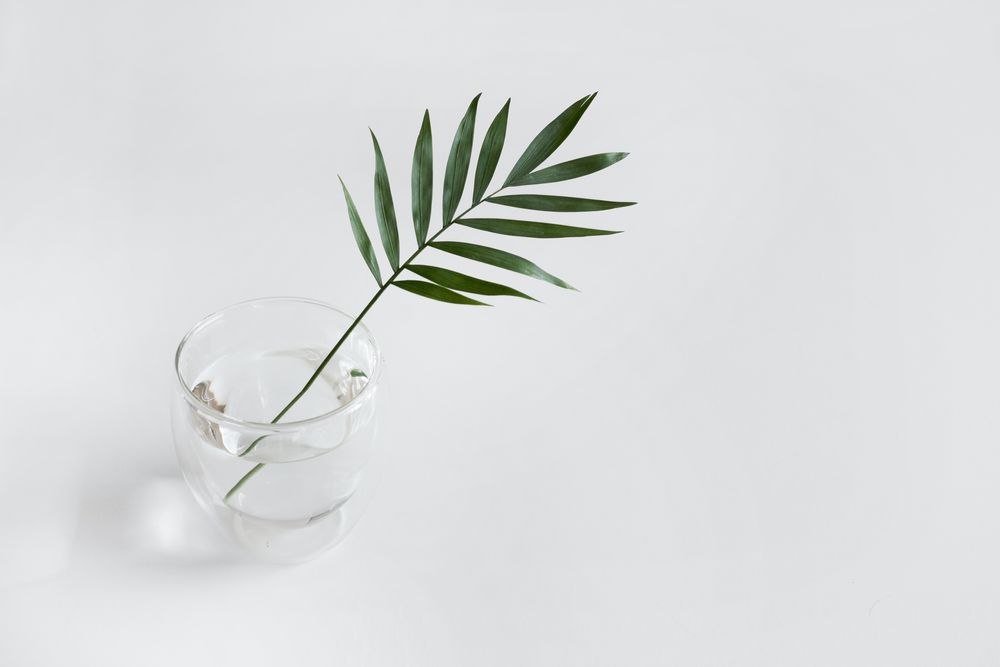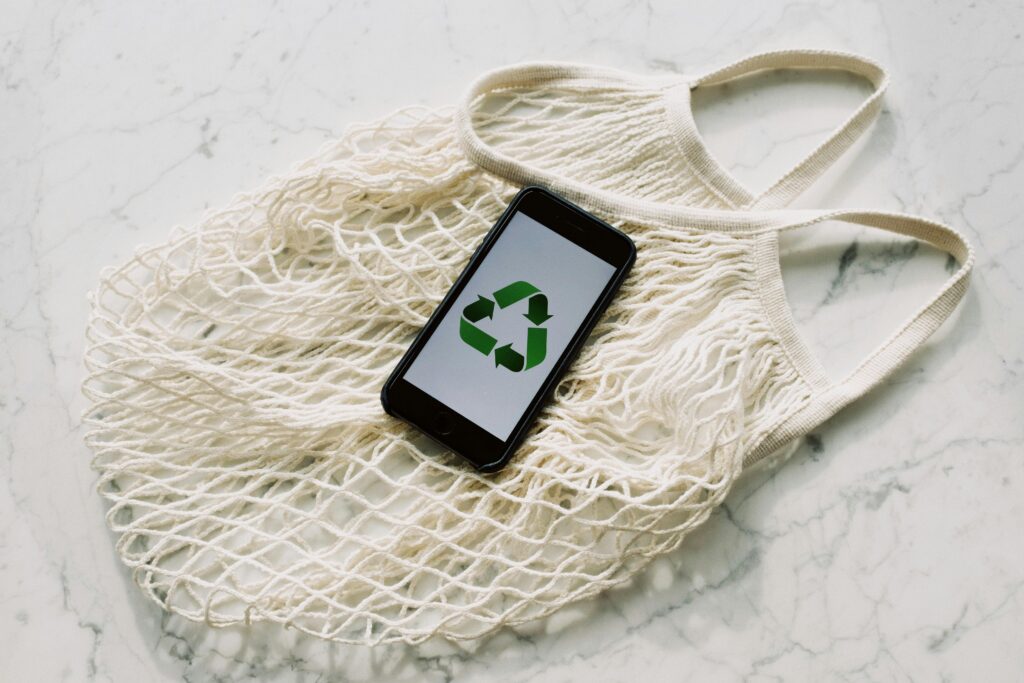Have you ever looked around your home and thought, ” I can’t deal with so many goods and the big clutter I made“? In today’s sedentary lifestyle, you are always encouraged to buy more new things! You can never ignore the social media content, e-commerce shopping portals, television advertisements, and towering billboards around you. Today’s consumeristic society is constantly feeding you messages that you need all the latest products to feel successful and happy!
But can this materialistic attitude provide ultimate happiness? Even if it could, should the world aspire to cultivate the consumerism culture? The answer lies in a trend called ‘minimalism’. It has been riding on the shoulders of the millennials who are constantly trying to cut back on an extravagant lifestyle.
“Less is more” – the simple mantra of the minimalist lifestyle is pretty impactful to de-clutter your life and start saving for the bigger goals. For example, a cleaner space will also clear your thoughts and make you more productive. Minimalism is not about spending less money or buying cheaper things. You are finding things that you are going to be happy with and that add value to your life. It’s mainly about re-evaluating your expenses and make smarter choices.
Minimalism Is Here To Stay!
Raised by the baby boomers who used to hold onto everything, millennials are taking the opposite route. They prefer to spend their money on meaningful experiences than materialistic happiness. The examples include traveling, raising a pet, funding for a hobby, and other impactful things.
Plus, some millennials are also struggling with their finances. They have student loan debts and trying to thrive in a difficult job market. As a result, they are choosy about the way they spend. Instead of just buying luxurious things as a status symbol, they are more into meaningful investments that matter to them.
Minimalism is turning to be a huge step in the U.S but the movement is growing all around the world. There are also different patterns of this concept. The Japanese minimalism movement is more spiritual while the Scandinavian movement is more about cleaner designs and decors.
How is minimalism tied to sustainability?
A simple and less-cluttered lifestyle doesn’t mean buying cheaper and lower-quality products. You might throw them away after a few months and produce more waste, and pollution. Rather, it means to own a few higher quality and fair priced items to use for the long run and promote sustainability.
Sustainable living is all about making conscious lifestyle choices that impact your life, society, and the environment. It includes choices like-
- Making a zero waste
- A healthy yet simple diet
- Buying organic products
- Using plants for decoration
- Growing your herbs and vegetables at home
- Saying no to plastic products
The minimalist movement also gave birth to a trend called the tiny home. If you use less stuff, you will thrive in smaller places. Besides saving you a lot of money over both the short and long run, a smaller home is eco-friendly too. It naturally needs less material, causes less pollution, and acquires little space. It also challenges you to get creative and use every single corner in your house as you have limited space.
Conclusion
Minimalism is a personal choice. You don’t have to de-clutter your life if you don’t find value and happiness in doing so. For, example, there is nothing wrong with having the latest model of a LED TV. But minimalists won’t mind subscribing to popular OTT platforms to watch their favorite shows on their laptops, and daily news on YouTube live stream. So, it is all about perspectives!







